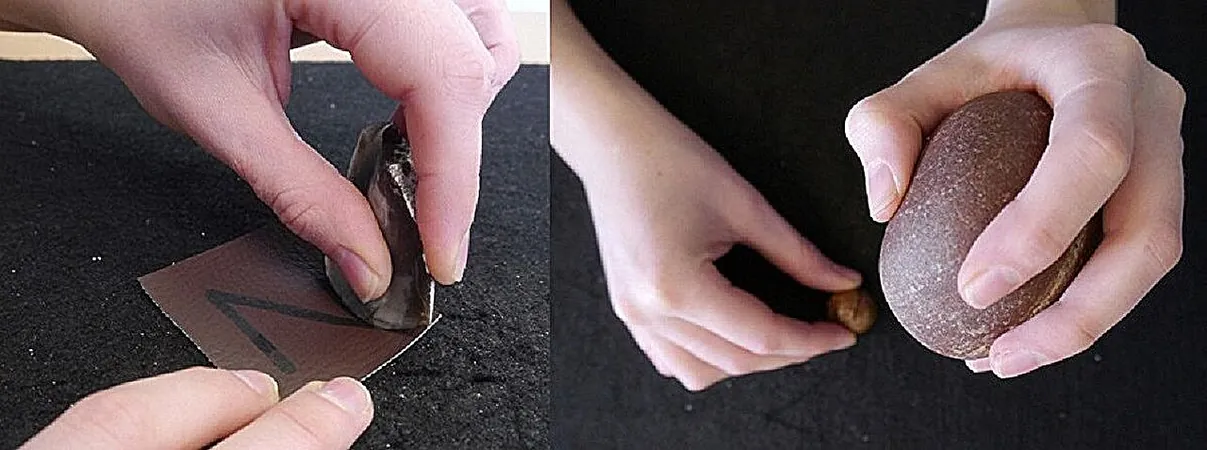
Unlocking the Secrets of Human Evolution: How Tool Use Shaped Our Brains!
2024-11-19
Author: Yu
Researchers, led by Dr. Alexandros Karakostis from the Institute for Archaeological Science and the Senckenberg Center for Human Evolution and Palaeoenvironment at the University of Tübingen, have made groundbreaking discoveries that link brain evolution to the precision use of tools in early humans. This pivotal relationship, they argue, ignited the biocultural evolution leading to the sophisticated humans we are today.
In a pioneering experimental study published in Scientific Reports, the research team took a unique approach by recording the brain waves of test subjects as they utilized stone tools reminiscent of those used by our early ancestors.
Dr. Karakostis emphasized the significance of technological innovation in human evolution, stating, “We are interested in what cognitive developments were necessary for the use of relatively simple stone tools—and where humans and other primates differ in their abilities.” This indicates a profound difference in cognitive processing within our species compared to our closest relatives.
Brain Activity and Cognitive Demand
The experiment investigated two distinct methods of tool use: cracking nuts with a stone hammer and cutting patterns in leather using sharp, chipped stones. According to Simona Affinito, a PhD student in Karakostis' research group and the study's first author, "We replicated stone tools to mirror those discovered in the early archaeological record." While nut-cracking behavior has been observed in various animals, including monkeys and apes, the habitual use of specially shaped stones for cutting remains unique to humans.
The researchers recorded the participants' brain activity through an electroencephalogram (EEG) as they completed the tasks. “Our study provides empirical evidence to support distinct patterns of brain activity during different behaviors and stages of early hominin tool use,” explains Affinito.
Notably, the frontoparietal regions of the brain were heavily involved during the aiming stage of tool use, underscoring the importance of these areas in planning motor actions. While both nut-cracking and cutting required cognitive effort, the act of using cutting tools triggered significantly greater brain activity. “These differences implicitly highlight the cognitive performance required for precise tool-using tasks. They likely enabled early humans to manipulate and shape their environment in unprecedented ways,” Karakostis reports.
The implications of this study are profound, providing a foundation for future research into the cognitive prerequisites for human technological advancements. Understanding how our ancestors evolved mentally to harness tools could shed light on how we continue to innovate today.
The Future Awaits
As we stand at the intersection of anthropology, archaeology, and neuroscience, these findings fuel exciting discussions about human cognition and culture's evolution. Could the next big breakthrough in human evolution link back to our ability to use and innovate tools? The possibilities are endless, and the journey of discovery is just beginning!



 Brasil (PT)
Brasil (PT)
 Canada (EN)
Canada (EN)
 Chile (ES)
Chile (ES)
 España (ES)
España (ES)
 France (FR)
France (FR)
 Hong Kong (EN)
Hong Kong (EN)
 Italia (IT)
Italia (IT)
 日本 (JA)
日本 (JA)
 Magyarország (HU)
Magyarország (HU)
 Norge (NO)
Norge (NO)
 Polska (PL)
Polska (PL)
 Schweiz (DE)
Schweiz (DE)
 Singapore (EN)
Singapore (EN)
 Sverige (SV)
Sverige (SV)
 Suomi (FI)
Suomi (FI)
 Türkiye (TR)
Türkiye (TR)